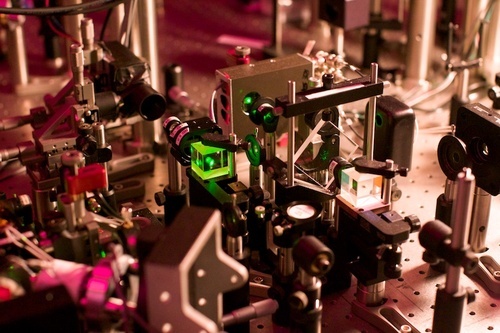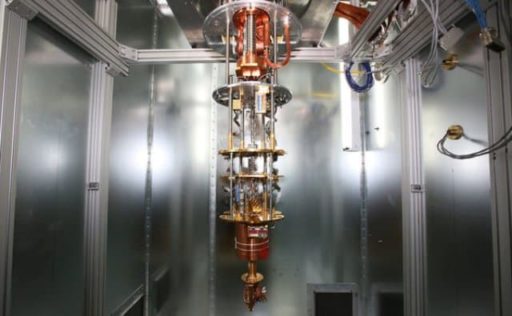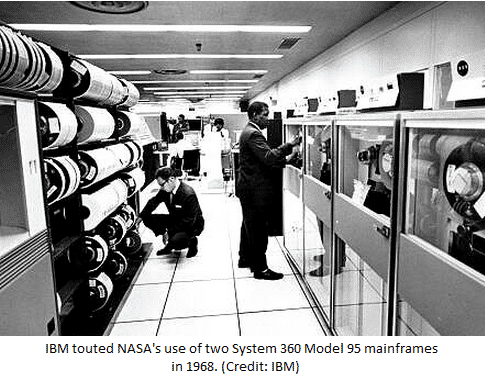Researchers working at GE’s Global Research Lab, 550 acres of big machines and big brains, in the hinterlands of Niskayuna, New York are attempting to change the way we store data using futuristic holographic media. Holographic storage, like GE is working on, and which we got to see up close at their Global Research labs, stores data down inside in many, many layers (GE’s demoed up to 75), encoding the data using thousands and thousands of tiny holograms throughout the entire disc.
The secret sauce is the material the disc is made out of, and how it reacts to light. On a broader level, where GE’s holographic storage differs from the other major approach to holographic storage (called page-based), and what allows it to reach densities of 1TB per disc, is that it uses even tinier micro holograms that store less data per individual hologram, but more in aggregate.
While GE is mostly pitching the tech to archivists for now—like our friends at the Library of Congress, who wanna hold onto stuff for a real long time—since the discs, GE says, last for 30 years, what makes it viable as a storage tech you might get your hands on soon after it launches in 2012 is that it’s designed to fit in with the current optical media infrastructure, meaning it’ll be cheaper and easier to roll out than some radically different tech. That is, the discs are the same physical size and shape as CDs and DVDs, and they use a laser that’s very similar to Blu-ray’s, even using the same wavelength. On a hardware level, it just uses a slightly different optical element, but the rest basically comes down to software/firmware, meaning you might still be able to play your Blu-ray discs in a holographic storage drive. (This exploded view of a disc being read, that orange spinning thing, is what all readers look like in a laboratory, even Blu-ray drives—because it’s easier to tweak settings than in their actual product form).














